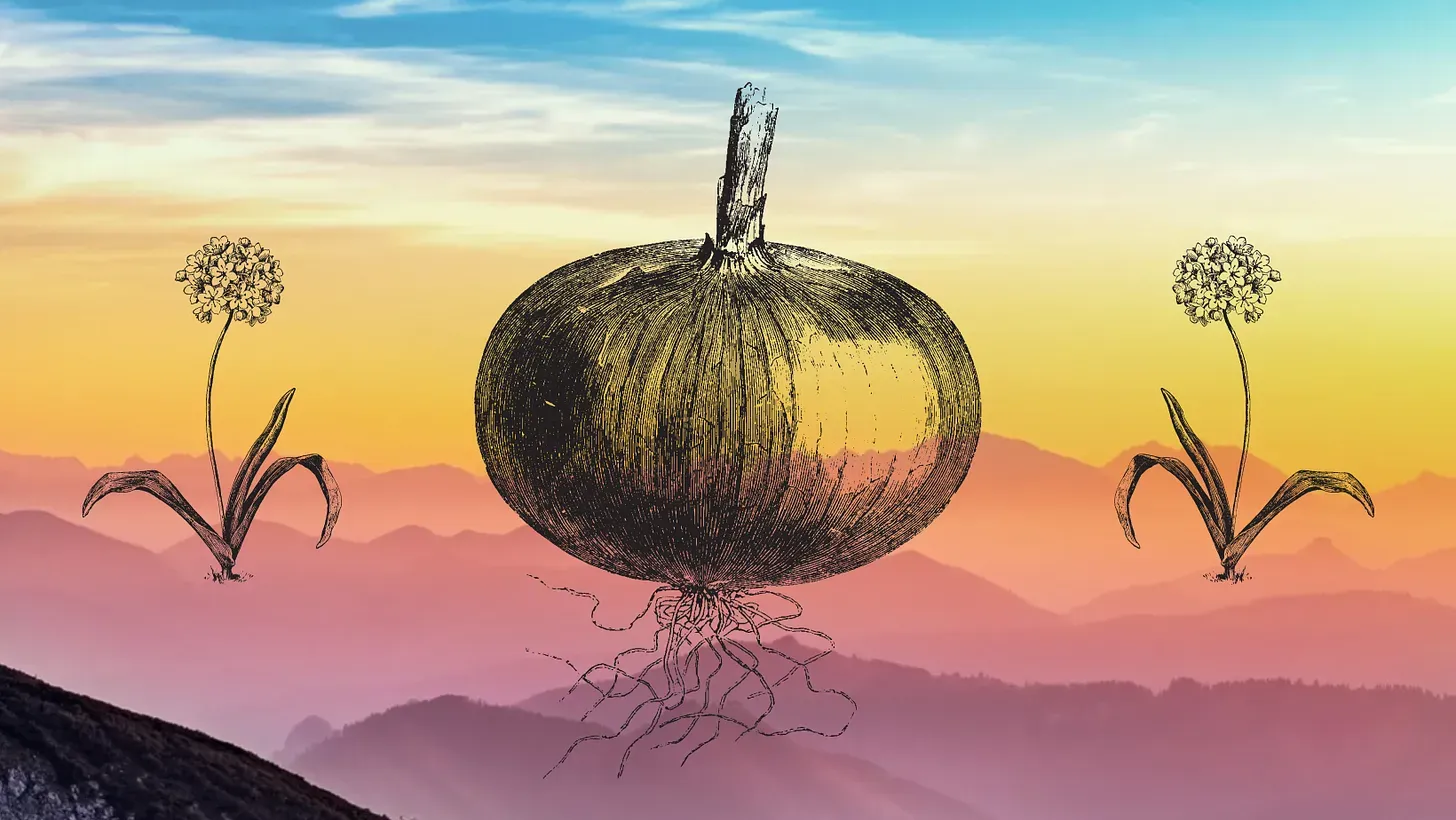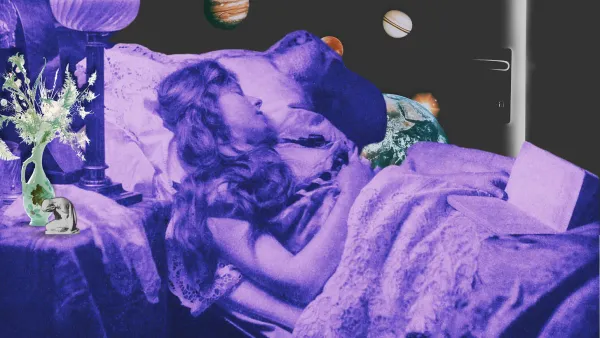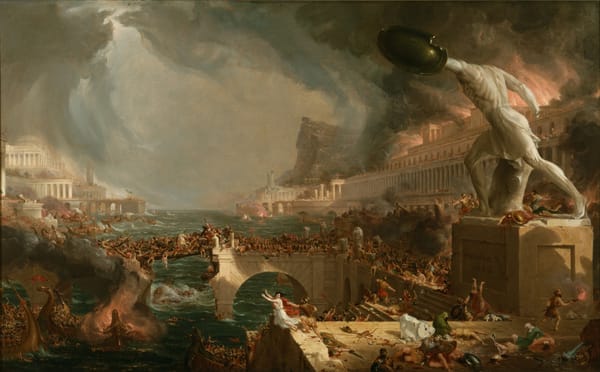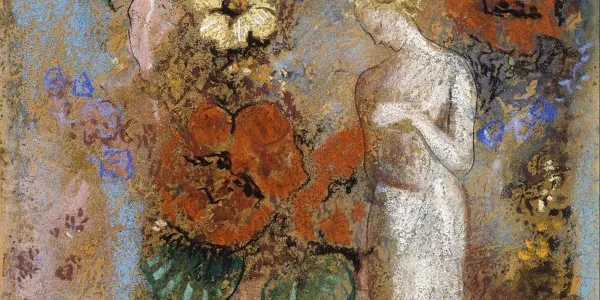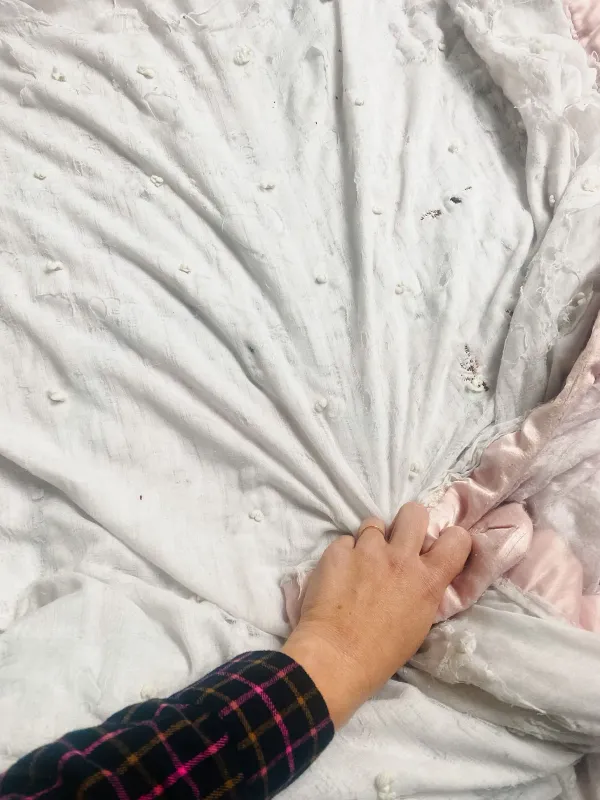There are some moments with grooves. When I find myself in a well-worn corner of time, I know where to put my feet. I am moved as much as I move. It happens sometimes when I am walking through trees. Running towards moving water. Dancing in the kitchen. In some kind of choreographed communion, others move with me.
Last night, I danced in my kitchen while I fried onions in bacon grease and butter. Well. First, I cut the onions and cried. Cut onions release a gas that irritates our eyes. Tears wash the gas away. I might’ve cried even without the gas. There are some worries. It’s mostly money. Nothing new or interesting. Worry has never been very concerned about being original. I put the onions in a hot pan, and let my eyes dry out.
Onions have been cultivated for over five thousand years. So the smell of cooking onions is older than currency. I sang along to the music streaming from my AirPods. The song was new, but the moment felt old. Dancing is more ancient than money too.1 I stirred and swayed, moving with the women who came before me.
A woman in Ireland, with green eyes like me, stokes a cooking fire. She hums. Nettles, parsnips, onions. There are some worries. The baby has a cough. She saves one fleshy onion leaf from the heat and dips it into butter sweetened by the bog.2She bites down, hard. And then twirls and spins me around.
A woman in Berchtesgaden, with a crooked front tooth like me, watches butter melt in a pan. She sings. A common onion sprinkled with pepper, the common spice, added to the butter.3 There are some worries. Her husband is late coming home from the salt mine. She tears a corner from the warm schöne brot4, sops it in the butter. She puts it in her mouth, all at once. She sways and moves me back and forth.
A woman in Eastern Kentucky, with short, thin fingers like me, adds coal to the stove. She remembers a song. Cornbread and soup beans with onions. There are some worries. Another union family has been evicted. She dips her spoon in the bean broth, brings it up to her mouth and sips, slowly. She steps, slides, steps and my feet follow.
A woman in New Mexico, with curly hair like me, lights a fire under a cast iron skillet. Dolly sings from the radio. Ground beef, green chile, onions. There are some worries. She’s sick. She heats a tortilla, adds a bit of butter and charred onion. Rolls it up and bites it in half. Butter drips onto her wrist. She two-steps and shows me how, quick-quick, slow-slow. Quick-quick, slow-slow. We’ll remember these steps even when our bodies are forgotten. And help others know them.
Did you know when onions cook, their big sugar molecules break down into little sweetness?
And then the moment ended. The music kept playing, but I was alone.
1 The Dancing Goddesses: Folklore, Archaeology, and the Origins of European Dance Elizabeth Wayland Barber W. W. Norton & Company, Feb 11, 2013
2 Earwood, Caroline. “Bog Butter: A Two Thousand Year History.” The Journal of Irish Archaeology, vol. 8, 1997, pp. 25–42. JSTOR, http://www.jstor.org/stable/30001649.
3 Beyond Bratwurst: A History of Food in Germany, Ursula Heinzelmann, Reaktion Books; Illustrated edition (May 15, 2014)
4 “nice bread”, made from sifted flour


